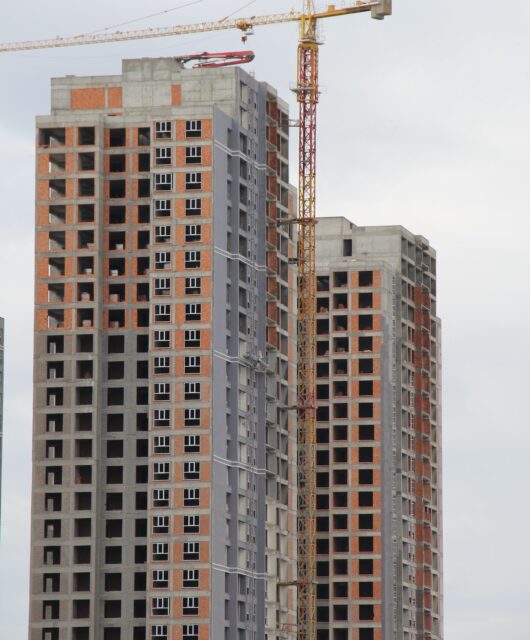How to Achieve a Rust-Resistant Finish with Powder Coating Guns
 When it comes to protecting metal surfaces from rust and corrosion, powder coating guns are a game-changer. Powder coating offers a durable and long-lasting finish that not only enhances the aesthetics but also provides excellent protection against rust. In this comprehensive guide, we will explore the key steps to achieve a rust-resistant finish using powder coating guns.
When it comes to protecting metal surfaces from rust and corrosion, powder coating guns are a game-changer. Powder coating offers a durable and long-lasting finish that not only enhances the aesthetics but also provides excellent protection against rust. In this comprehensive guide, we will explore the key steps to achieve a rust-resistant finish using powder coating guns.
Properly Prepare the Metal Surface Before Blasting
The foundation of a successful powder coating application is proper surface preparation. Before even thinking about using powder coating guns, it’s crucial to ensure that the metal surface is clean and free from any contaminants. Start by thoroughly cleaning the metal using a suitable solvent or degreaser. Any residual oils, grease, or dirt can compromise the adhesion of the powder coating.
Next, inspect the surface for any existing rust or corrosion. If you find any, it’s essential to remove it completely before proceeding. Abrasive blasting is an effective method to eliminate rust, as it not only removes the existing rust but also creates a textured surface that enhances powder coating adhesion.
Achieve A Clean, Profiled Surface from Abrasive Blasting
Abrasive blasting is a critical step in the powder coating process. It involves propelling abrasive materials, such as sand or aluminum oxide, at high velocities onto the metal surface. This process not only removes contaminants and rust but also creates a profiled surface. The profiled surface is essential for powder coating adhesion, as it provides mechanical anchorage for the powder particles.
When using powder coating guns, ensure that the abrasive blasting is done uniformly across the entire surface. Pay close attention to corners and edges, as these areas are prone to rust and may require extra attention. Properly profiled surfaces significantly contribute to the longevity of the powder coating finish.
Use Corrosion-Inhibiting Pre-Treatments Where Needed
To further enhance rust resistance, consider using corrosion-inhibiting pre-treatments. These treatments can be applied after abrasive blasting and before powder coating application. One common pre-treatment is the use of conversion coatings, such as phosphating or chromating.
Conversion coatings chemically alter the metal surface, creating a protective layer that inhibits rust formation. The choice of pre-treatment depends on the type of metal being coated and the specific environmental conditions it will face. Consult with experts or manufacturers to determine the most suitable pre-treatment for your project.
Choose a Powder Formulation Specifically for Metal
Selecting the right powder formulation is crucial for achieving a rust-resistant finish. Powder coatings come in various formulations designed for different substrates and applications. When working with metal surfaces, opt for a powder coating specifically formulated for metal.
These formulations typically contain additives that enhance adhesion and corrosion resistance on metal surfaces. Make sure to follow the manufacturer’s recommendations regarding the powder coating’s application thickness and curing process to maximize its effectiveness in preventing rust.
Carefully Follow Curing Instructions for Hardness
Proper curing of the powder coating is essential to achieve the desired hardness and durability. After applying the powder coating using powder coating guns, the coated metal must be cured at the recommended temperature and duration. This curing process allows the powder particles to melt, flow, and create a seamless protective layer.
The hardness of the cured powder coating is crucial in ensuring resistance to rust and corrosion. Insufficient curing can result in a less durable finish that is susceptible to damage over time. Therefore, it is vital to strictly follow the curing instructions provided by the powder coating manufacturer to achieve the desired level of hardness and rust resistance.
Inspect and Repair Any Damage to Maintain Integrity
Even with the best preparation and application, occasional damage or imperfections may occur in the powder coating finish. It’s essential to regularly inspect the coated metal for any signs of damage, such as chips, cracks, or corrosion spots. Promptly addressing these issues is crucial to maintaining the integrity of the rust-resistant finish.
To repair minor damage, you can use touch-up kits provided by powder coating manufacturers. These kits typically include matching powder coating material and detailed instructions for effective repairs. For more extensive damage, consider consulting a professional powder coating service to ensure a seamless restoration of the rust-resistant finish.
In conclusion, achieving a rust-resistant finish with powder coating guns involves a combination of proper surface preparation, abrasive blasting, corrosion-inhibiting pre-treatments, careful powder formulation selection, precise curing, and vigilant inspection and repair. By following these steps diligently, you can enjoy the benefits of a durable and long-lasting powder coating finish that effectively protects metal surfaces from rust and corrosion. Whether you are working on industrial projects or DIY applications, powder coating is a reliable solution for rust prevention and enhanced aesthetics.









